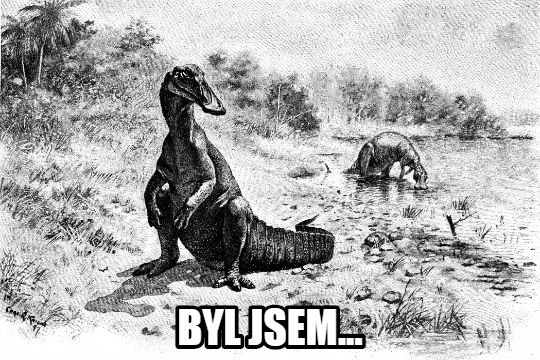6.6 – Past Tense, part 2
In part 1, we learned how to use the past tense in the 3rd person, in this lesson we learn how to use the past tense in the 1st and 2nd person (i.e. I, we, you, ya’ll, etc.).
Auxiliary Verb
Forms of the verb to be are used as an auxiliary in the formation of the past tense for 1st and 2nd person. This auxiliary verb helps us know what the subject of the verb is (i.e. I, you, we). Reminder, however, that in the 3rd-person, no auxiliary verb is used.
|
byl / byla jsem |
byli / byly jsme |
|
byl / byla jsi |
byli / byly jste [also byl jste / byla jste for formal, see below] |
|
byl / byla / bylo |
byli / byly |
Byl jsem tady. / Byla jsem tady.
I was here.
Byl jsi tam? / Byla jsi tam?
Were you there?
Pracovali jsme v kavárně.
We were working in the cafe.
The auxiliary verbs go in 2nd position (yay!).
Kde jsi byl?
Where were you?
Proč jste neposlouchali hudbu?
Why weren’t you listening to music.
Negating the verb:
Just like with before, just put ne- right on the main verb.
Nepracoval jsem v pondělí.
I didn’t work on Monday.
Nebyli jsme tam.
We weren’t there.
Note on formal (vy forms):
If you are talking to someone on formal terms, you will use the auxiliary form jste, but the l-form remains singular. Thus you find forms such as byl or byla, as in the sentences below, with the vy form jste.
Pila jste čaj?
Were you drinking tea?
Byl jste doma?
Were you home?
Image used in this document comes from this source.
